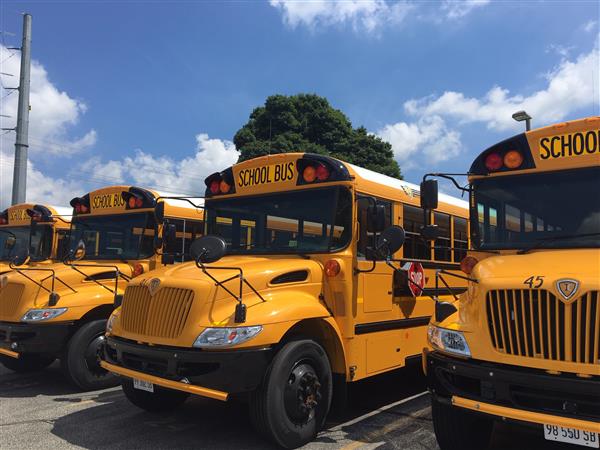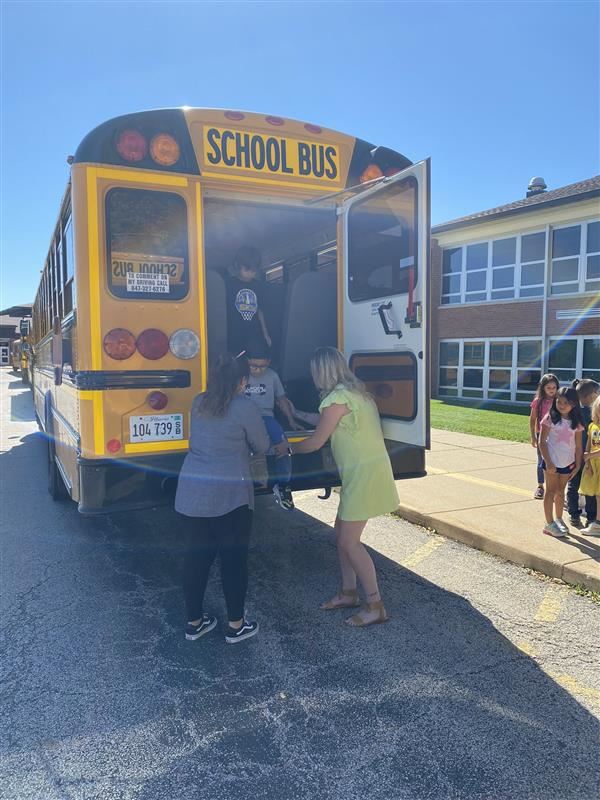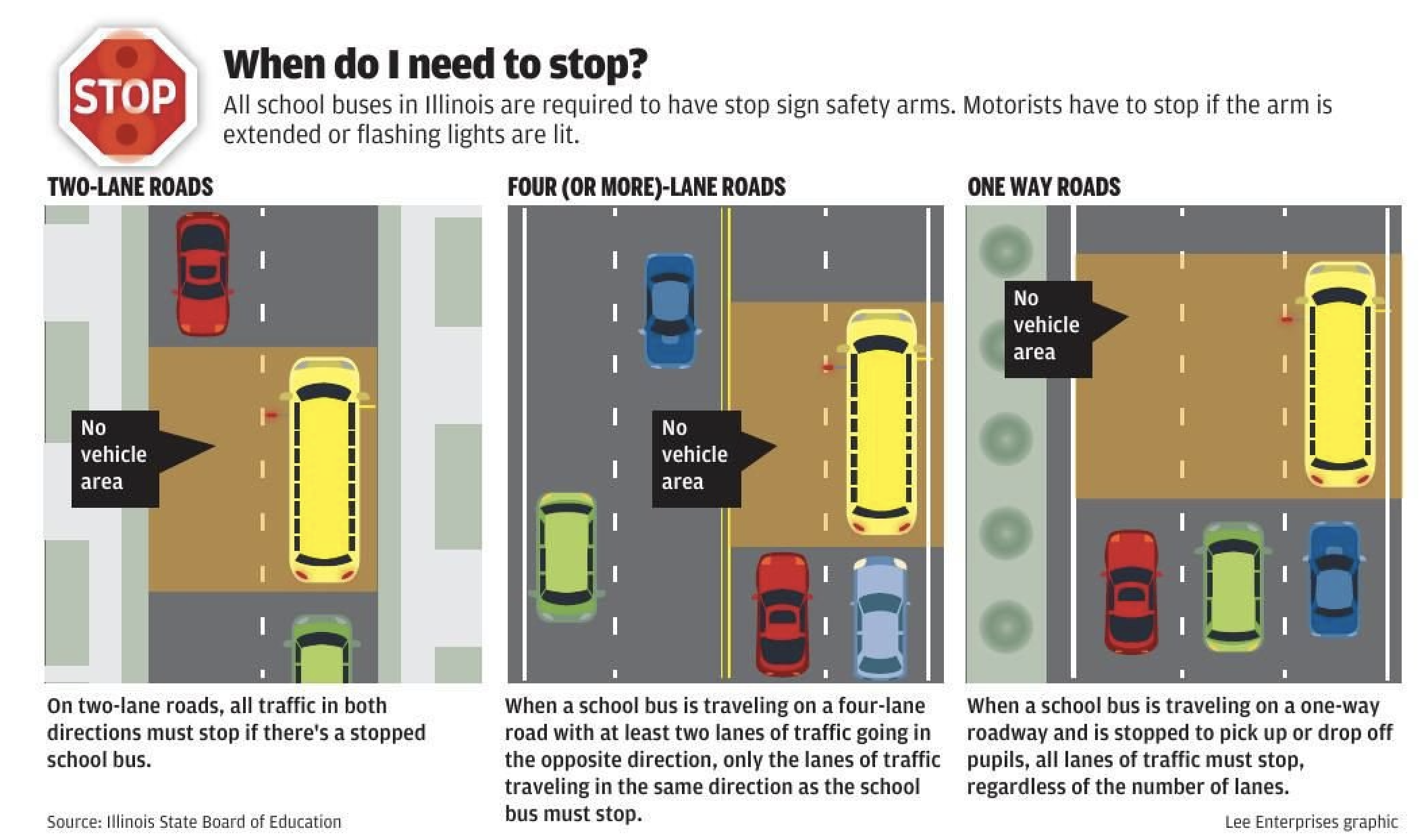Bus Safety
Woodland bus drivers are employees of the district, and they are responsible for transporting our students to and from school safely. This is a job they take seriously and we appreciate these dedicated employees for their commitment to our students. School bus drivers in Illinois must go through a rigorous training and licensing process, as well as background checks and other safeguards, to ensure they are qualified to perform this important role in the district.
While we know that the Woodland Transportation staff is always thinking about safety, we also rely on our students to contribute to a safe and healthy environment when riding the bus.
Here is a list of rules and safety tips we expect everyone to follow (as outlined in Administrative Procedure 4:110 - School Bus Safety Rules):
Be aware of moving traffic and pay attention to your surroundings.
Dress properly for the weather. Make sure all drawstrings, ties, straps, etc. on all clothing, backpacks and other items, are shortened or removed to lessen the likelihood of them getting caught in bus doors, railings or aisles.
Arrive on time at the bus stop, and stay away from the street while waiting for the bus.
Stay away from the bus until it stops completely and the driver signals you to board. Enter a single file line without pushing, and always use the handrail.
Take a seat right away and remain seated facing forward. Keep your hands, arms, and head inside the bus.
Talk quietly on the bus. No shouting or creating loud noises that may distract the driver. Tablets, smart phones, and other electronic devices must be silenced on the bus unless a student uses headphones.
Help keep the bus neat and clean. Keep belongings out of the aisle and away from emergency exits. Eating and drinking are not allowed on the bus.
Always listen to the driver’s instructions. Be courteous to the driver and other students. Sit with your hands to yourself and avoid making noises that would distract the driver or bother other passengers.
Wait until the bus pulls to a complete stop before standing up. Use the handrail when exiting the bus.
Stay out of the danger zone next to the bus where the driver may have difficulty seeing you. Take at least five giant steps (10 feet) away from the bus and out of the danger zone, until you can see the driver and the driver sees you. Never crawl under a bus.
If you must cross the street after you get off the bus, wait for the driver’s signal and then cross in front of the bus. Cross the street only after checking both ways for traffic, even after the driver’s signal.
Never run back to the bus, even if you dropped or forgot something.


Bus Evacuation Drills
Every year, bus drivers and students practice bus evacuation drills. The driver and passengers on a bus must know how to exit the bus safely in the event of an emergency.
According to 105 ILCS 128 Section 20, schools must conduct a minimum of one bus evacuation drill during each academic year. This curriculum shall include instruction in safe bus riding practices for all students. All drills shall be conducted at each school building that houses school children.
LEARN MORE:
To connect with Transportation information and resources, please visit the Transportation Department website.
We are hiring Bus Drivers! Apply HERE.
Sharing the Road with School Buses
School buses are one of the safest vehicles on the road due to their size and visibility, and the many rules and regulations that bus drivers and school children must follow. However, many of these safeguards depend on others sharing the road with school buses. Here are a few reminders:
Stay alert, and take school bus safety seriously. When buses are around, that means children are nearby. Depending on the time of year, children may be walking to the bus stop when it is still dark. Drivers should stay alert and watch for students.
Know what the lights and signs mean. A flashing yellow light means that the bus is preparing to stop and so should you. A red light means that children are loading or unloading and that cars must come to a full and complete stop. It is against the law to pass a school bus with the stop sign arm extended.
Keep your distance. Buses may stop frequently, and you will need to be prepared to stop in all kinds of weather conditions. It is also important to understand that one of the most dangerous times for a student is when they are getting on and off the school bus. Students may be running to catch the bus, or after exiting the bus they may need to cross the street. Keeping your distance will increase your visibility, and give children the space they need to safely enter and exit the bus.
Not sure when you need to stop for a school bus? This graphic helps illustrate the rules of the road in Illinois.

